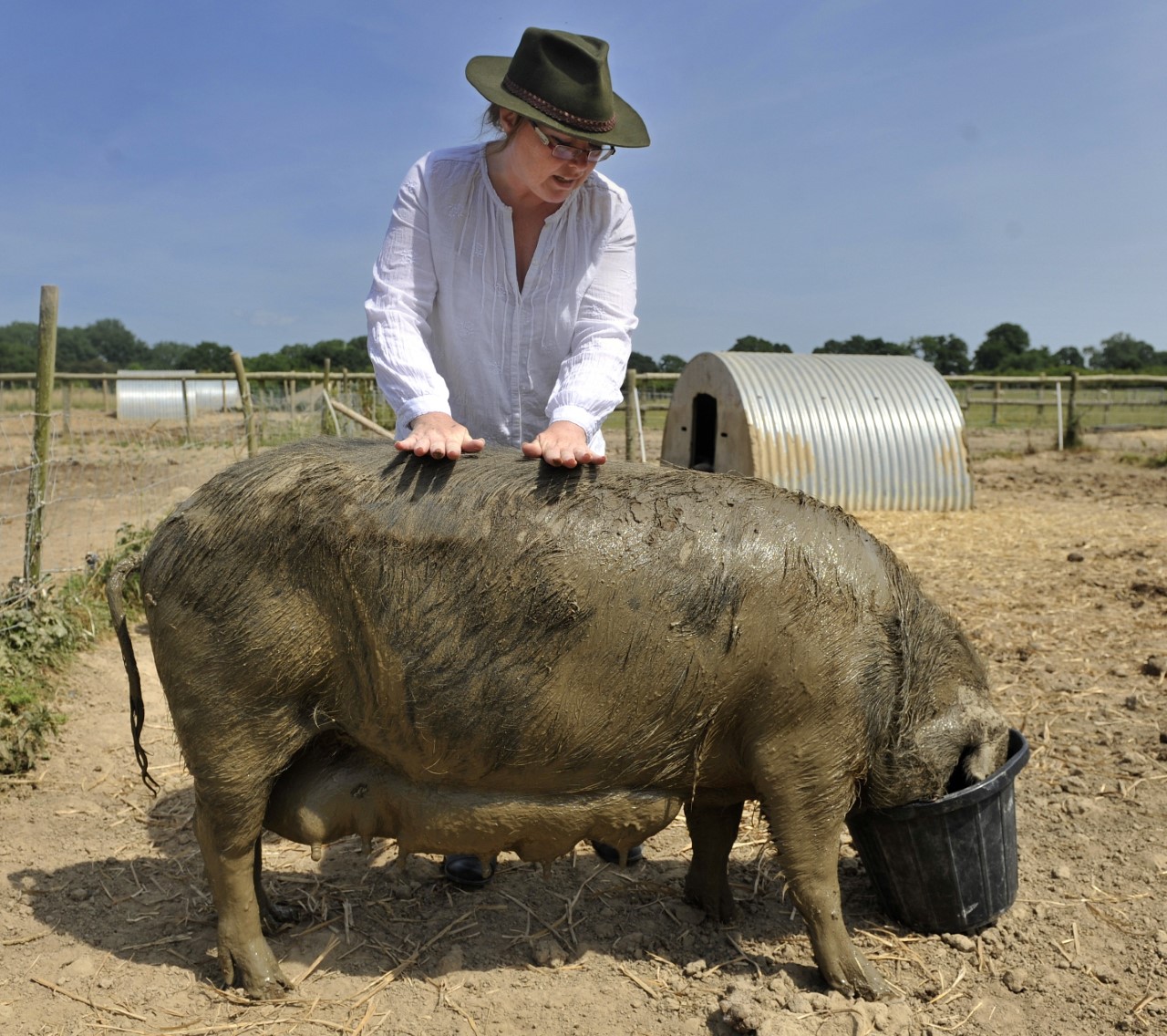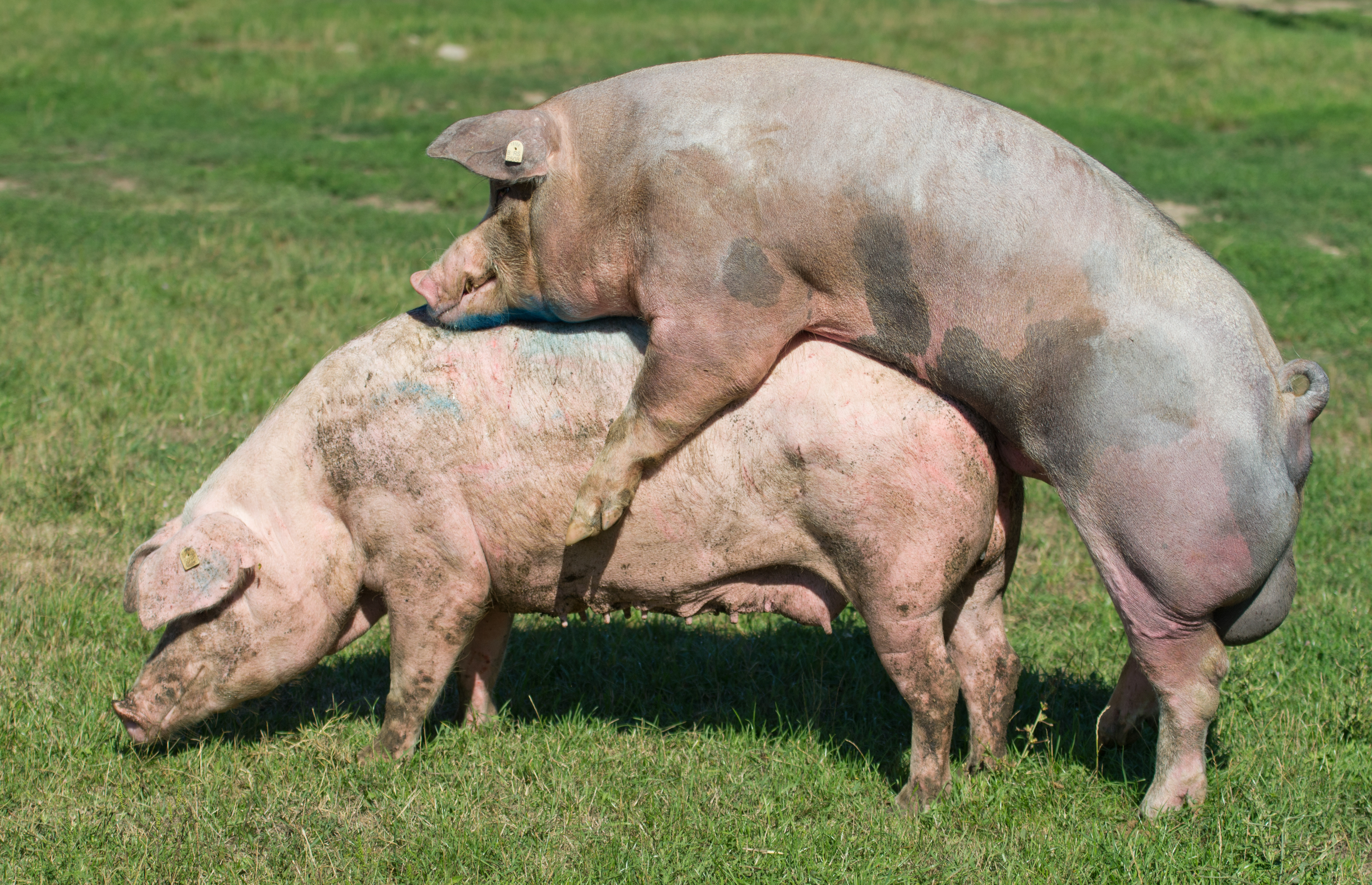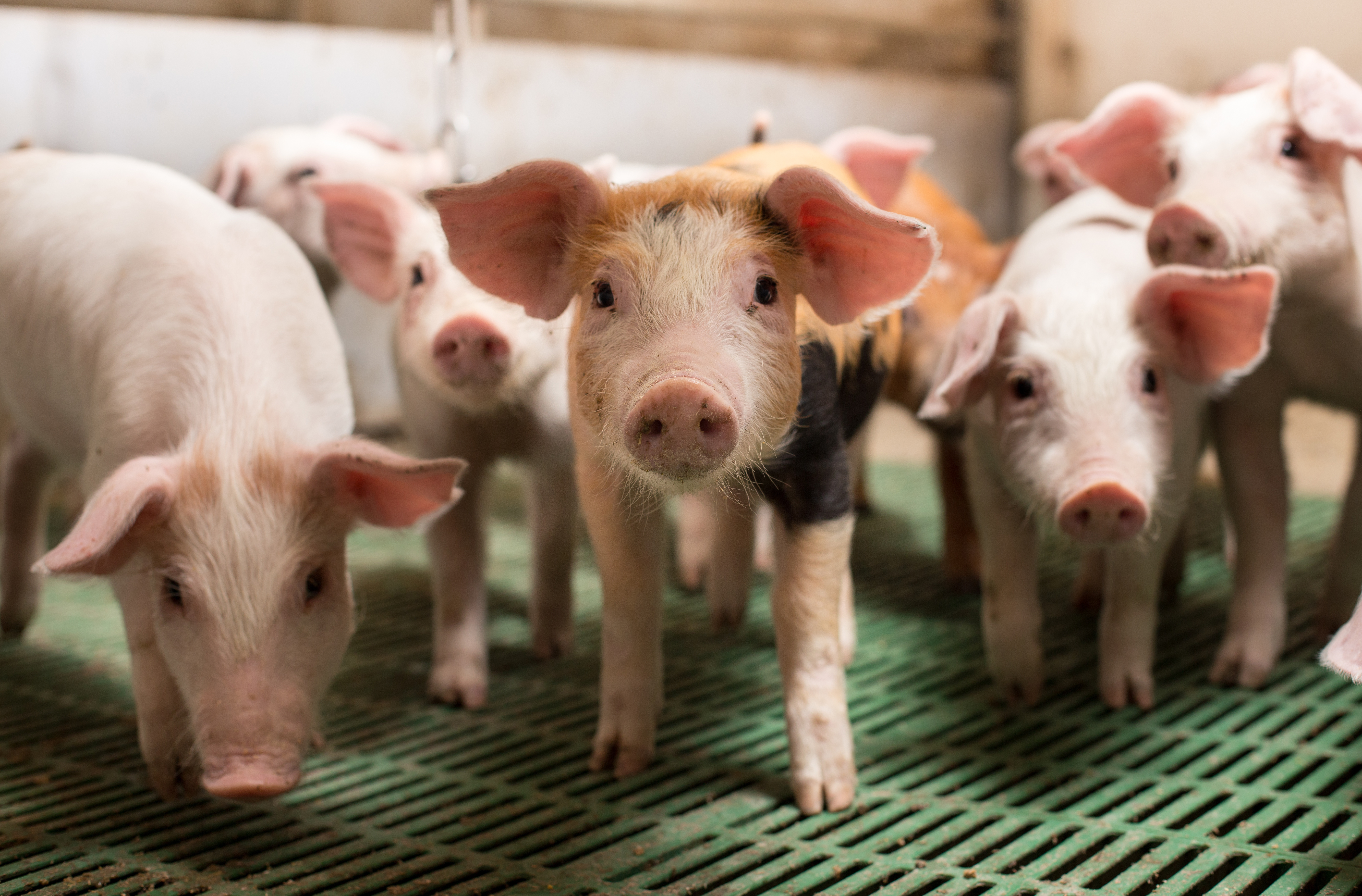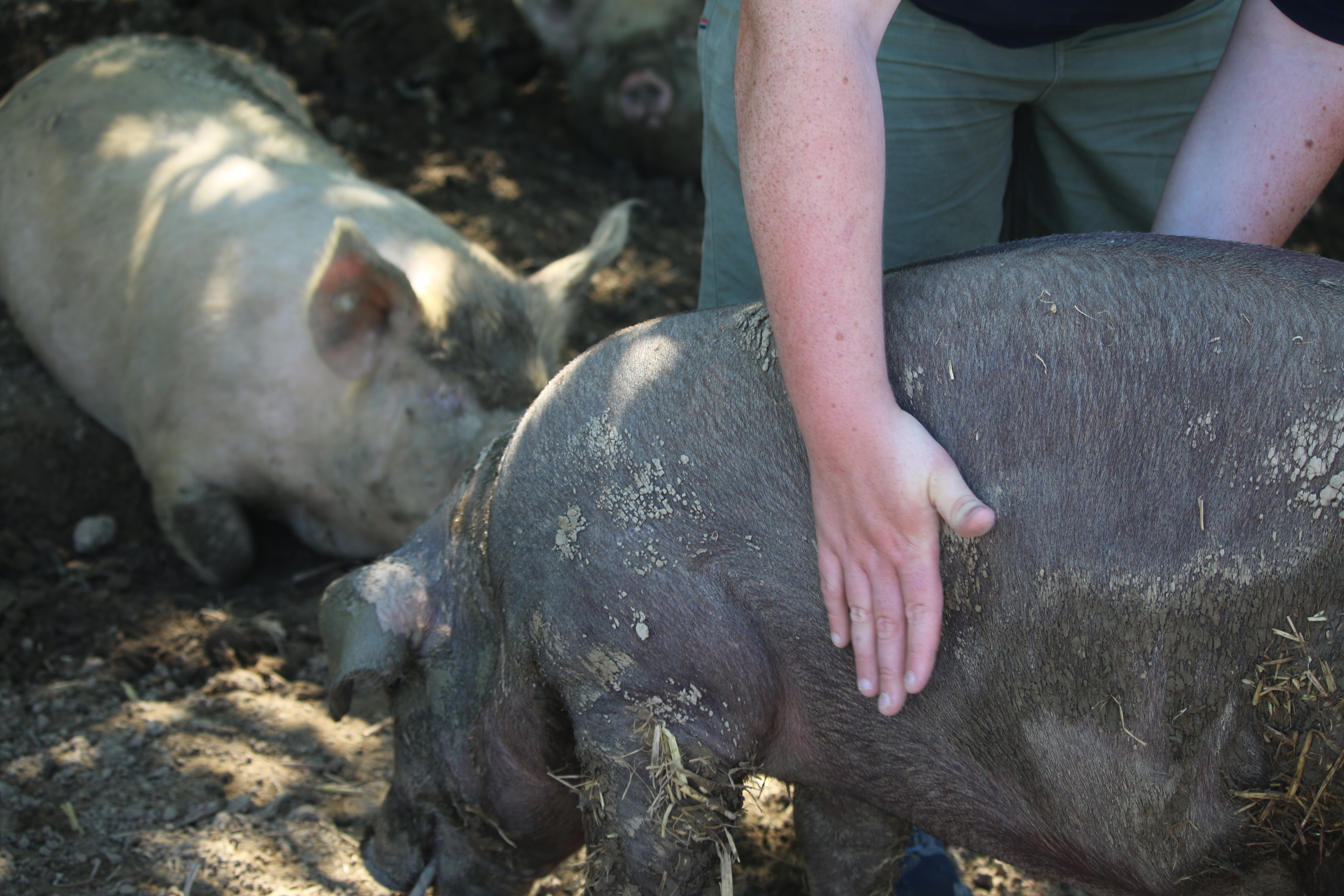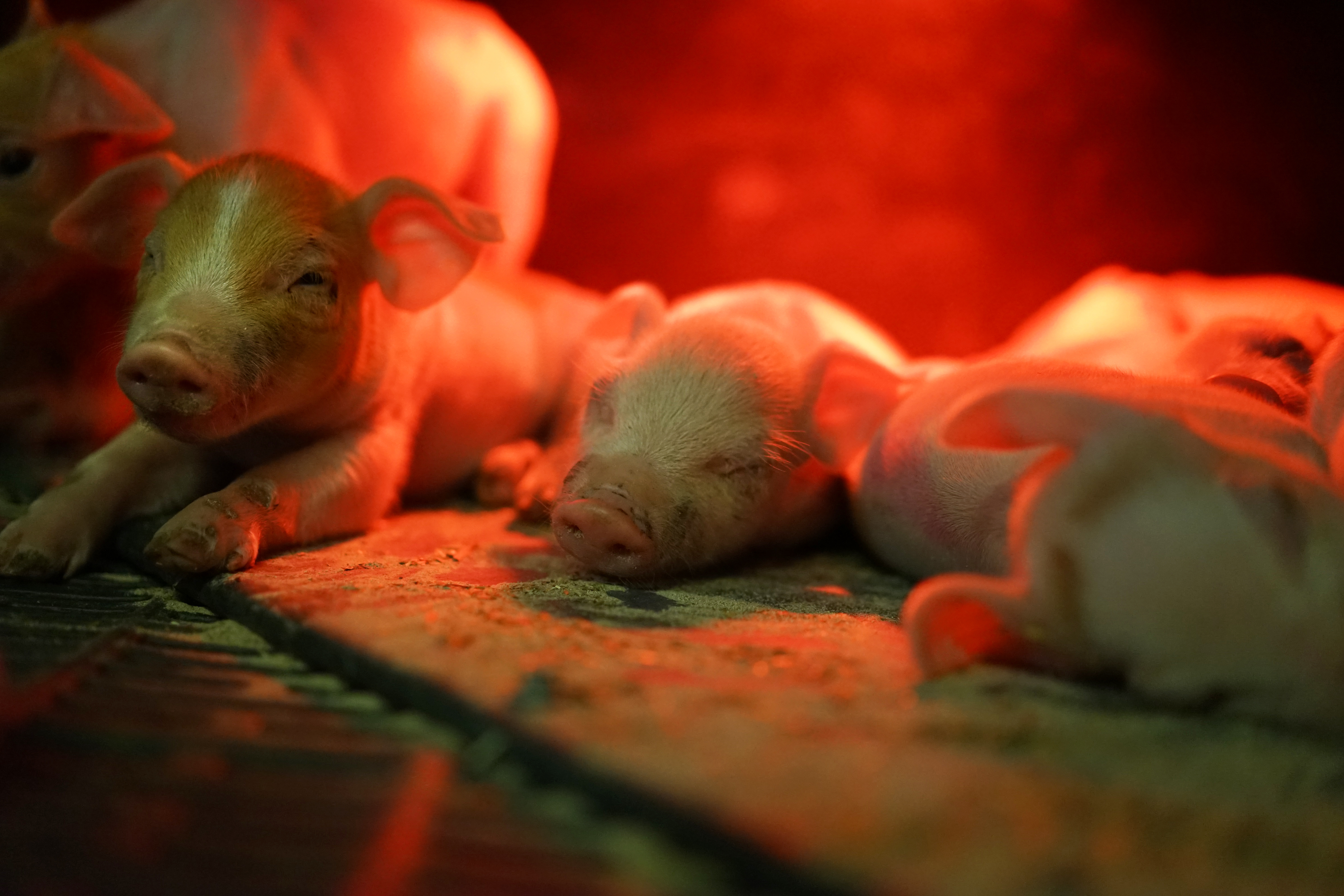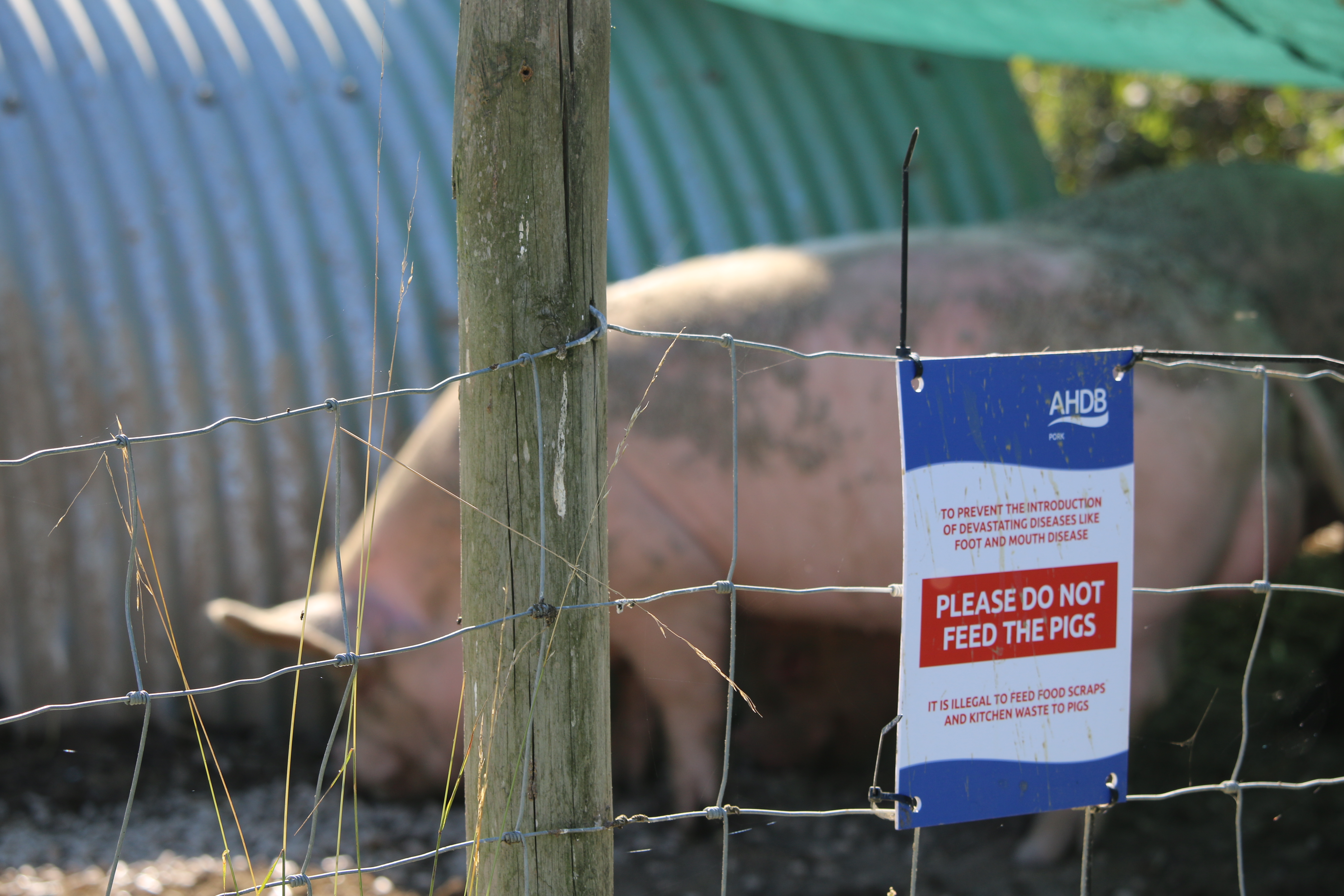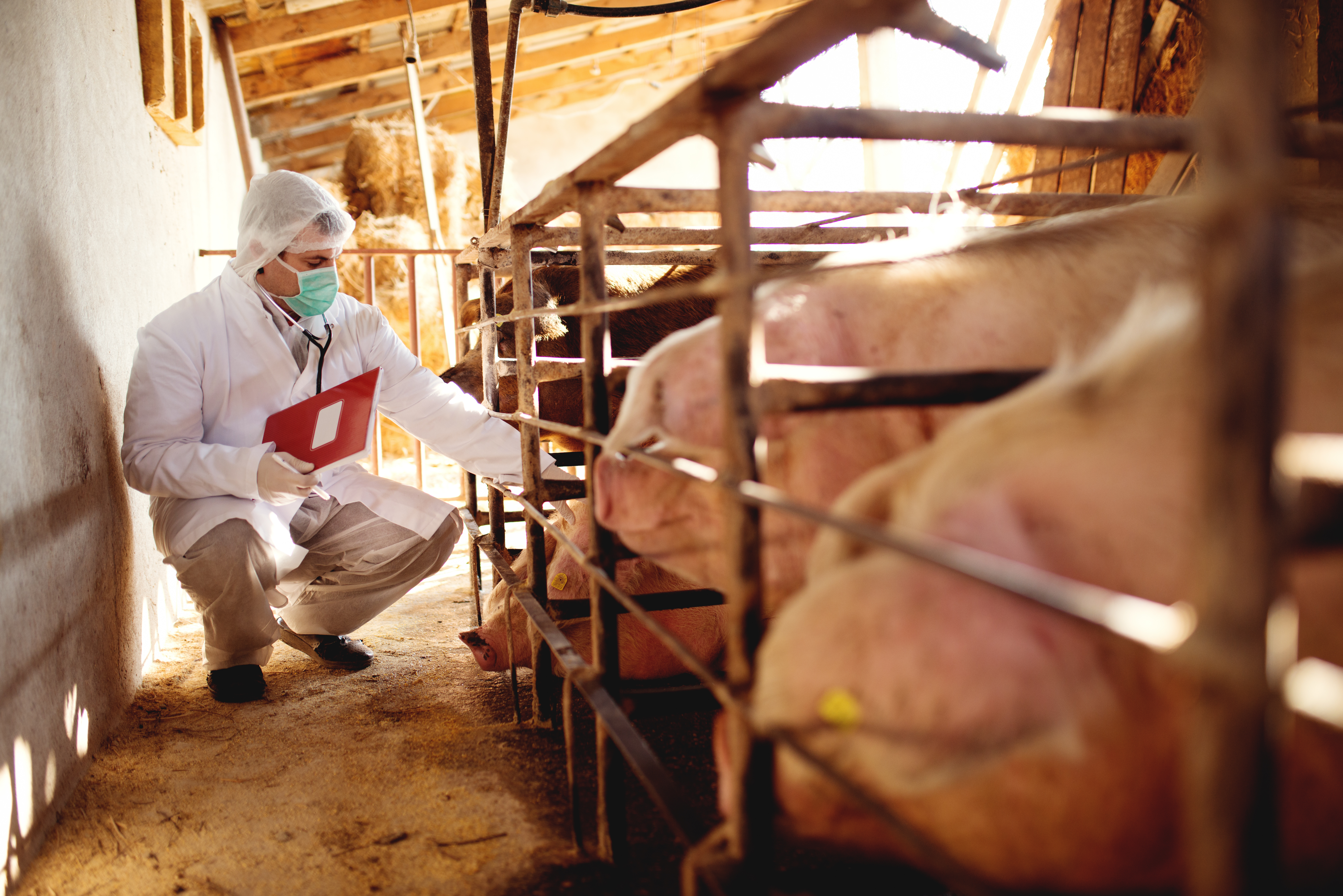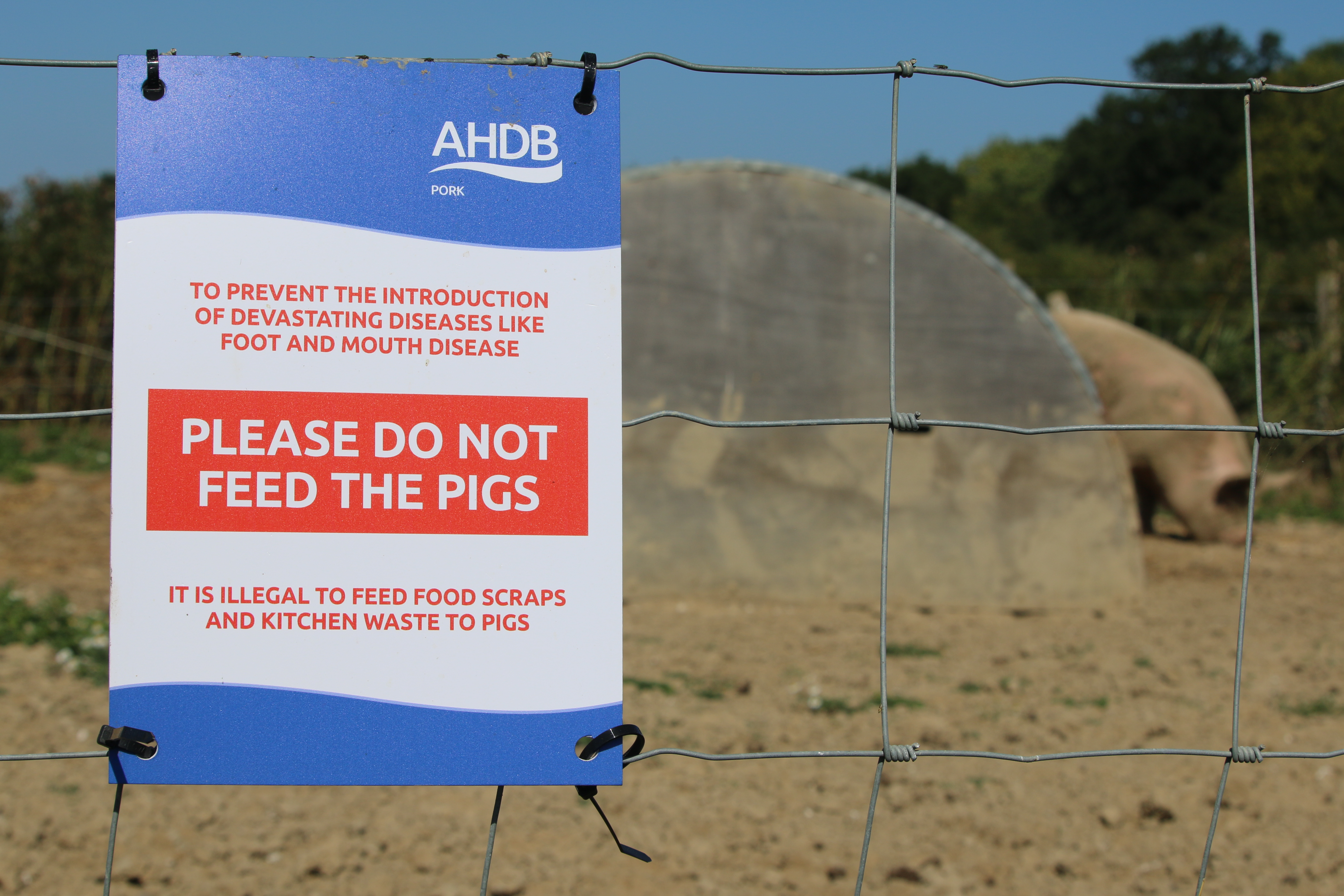



Small-scale pig keeping: key steps to handling pigs safely
Both small-scale and commercial swine farm managers and their staff need to be skilled in the safe handling of pigs – for both the welfare of the pigs and for the handler’s personal safety.Part of Series:
< Previous Article in Series Next Article in Series >
The first step to achieving competency in handling pigs is taking the time to understand a pig’s natural behavioural instincts and working with them to encourage cooperation and reduce defiance. Pigs generally prefer to follow straight lines and gentle curves, ideally within a familiar group. They are also happier moving from dark to light. Pigs kept outdoors can be reluctant to cross the gateway when it’s time to leave the pen and may well turn back at speed when you try to make them, even if the electric fence has been turned off.
The vast majority of accidents can be avoided by knowing how pigs typically react and reducing the circumstances where they might object. In well-designed commercial buildings the facilities are set up to be able to move pigs through a series of passageways and gates with a person holding a large movement board the full-width of the passageway calmly driving the pigs from behind. Stockworkers make sure that any unfamiliar structures and items en route, that could cause a backwards movement of the pigs, are removed. A familiar bedding is also used to disguise areas on the floor, such as drains and lorry ramps, that could spook the pigs.
While the smallholder may not have beautifully purpose-built accommodation, they do have the privilege of being able to build a closer relationship with their pigs and can use a “hands-on” approach to minimise stress in the day-to-day handling by getting to know an individual’s quirks and temperament.
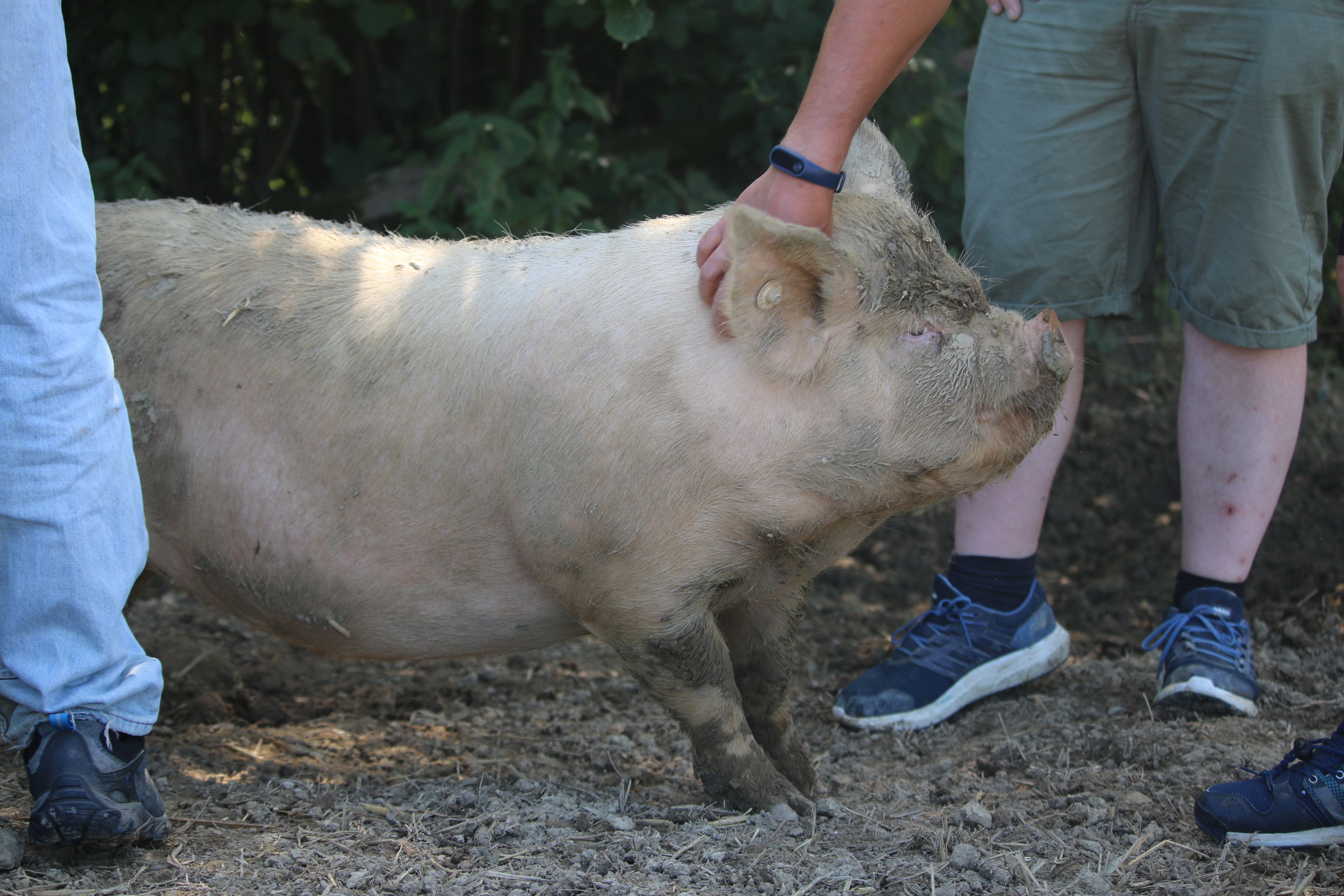
© The Pig Site
No matter the size of the herd and the type of housing the pigs are reared in, all staff that have any interaction with pigs should be shown the correct handling techniques relevant for the size and age of the pig. The commercial industry has experienced staff members to train new stockworkers to learn and maintain skills, which will be recorded within individual training records. They will additionally be legally required to have the appropriate PPE equipment. Small-scale producers and, more likely, smallholders can often be at a disadvantage and don’t necessarily seek or know how to access the appropriate training. No amount of reading can replace hands-on guidance and new keepers should at least source an experienced mentor.
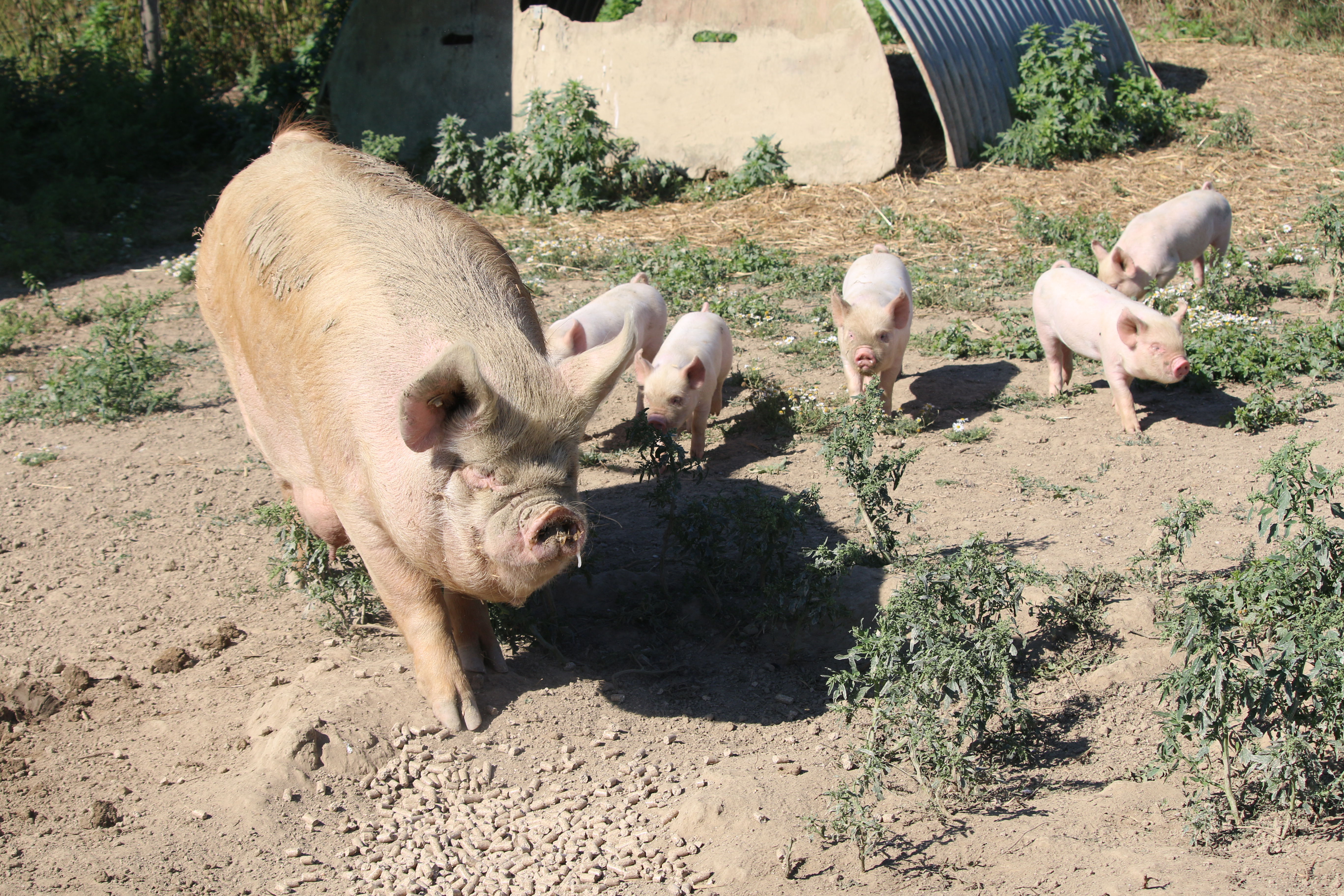
© The Pig Site
Safety precautions for farrowing or lactating sows
In most cases when piglets are still with their mother, the mother needs to be removed to a safe distance when stockworkers want to handle the piglets. To minimise stress to the sow it is better that she cannot hear them either – although this may be difficult as a piglets squeal can reach 120 Db.
Very young piglets can be handled by gentle physical restraint and can be picked up around the barrel of the body, supporting their underbelly and held in your arms. Pigs do not carry their young like a cat or dog so to a piglet being lifted off the ground instinctively means a predator has picked them up and their only protection is to alert the mother by screaming. For this reason, unless they are used to being lifted and have learned that nothing horrific happens, they will scream loudly, making ear defenders a wise purchase.
With most breeds, the more the sow knows you, the less likely she is to have a major problem with you being near her piglets. Even breeds that are fiercely protective of their piglets, such as the Duroc or Mangalitza, should trust you enough to take them to a secure pen for a while during any piglet handling procedures.
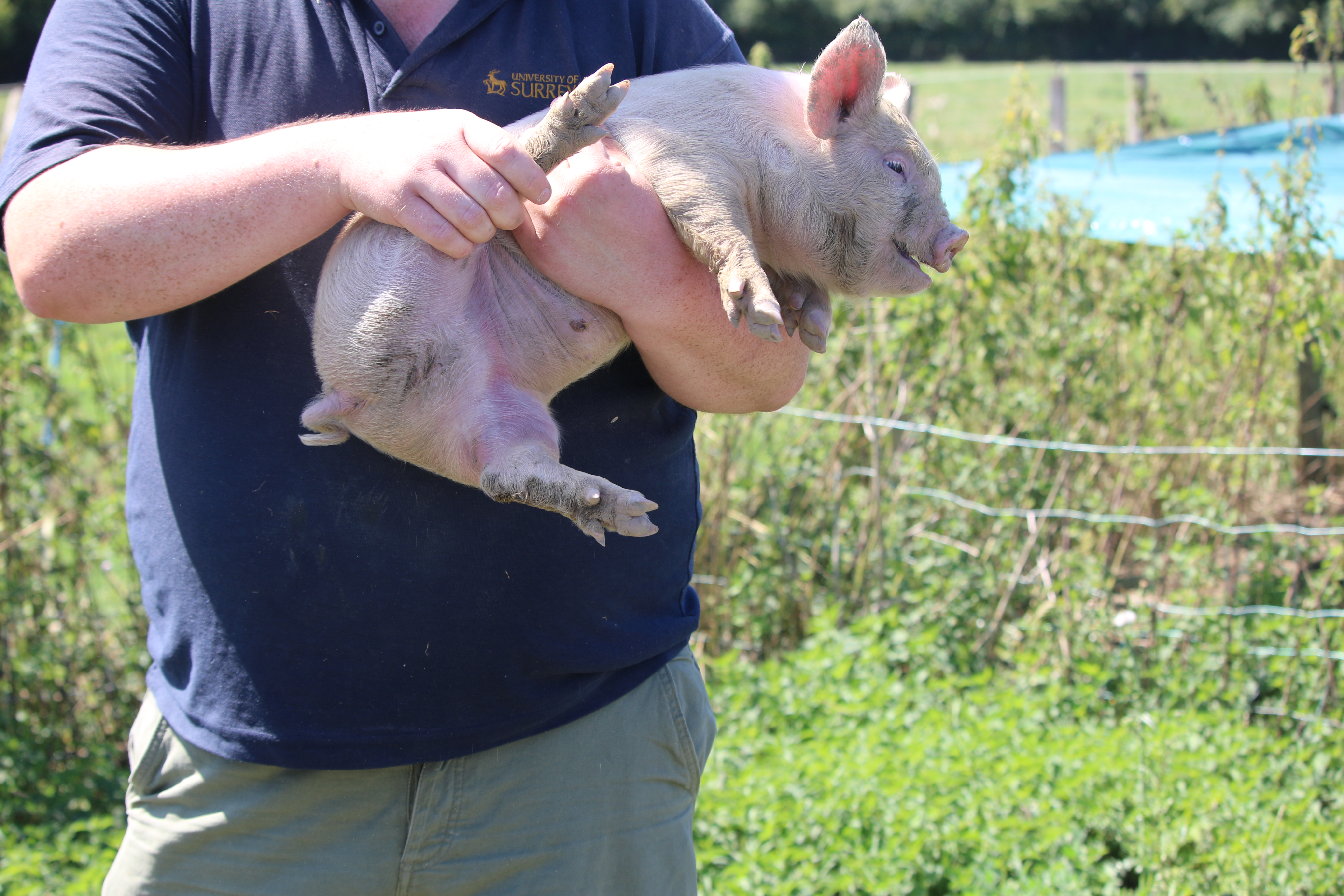
© The Pig Site
Safety precautions when handling boars
Never underestimate a boar. If you keep boars beyond 12 months of age, becoming competent in tusk removal or knowing someone who is competent is essential. Tusks are razor sharp and even when the boar is docile, one innocent turn of the head could cause potentially fatal injuries to the handler. Always have two experienced handlers when handling boars and always use robust pig movement boards carried between you and the boar.
Take extra precautions during treatments or procedures
Administering medicines or performing veterinary procedures will inevitably be stressful for the pig. Pigs, when stressed, will put up a protest so give careful thought as to how you will minimise handler injury. In some circumstances there are options to work smarter using different technology. For example, when administering preventatives and treatments via intramuscular injection there are devices, such as the Slap-Shot™ or Masterject™, that effectively put the handler at a safer distance from the pig. When de-worming, you can choose an in-feed or in-water treatment. Equally, when treating an infected wound, an antibiotic spray can be used rather than an injection.
When performing longer tasks on an adult pig such as de-tusking a boar, lancing an abscess or taking a blood sample, then competency with correct use of a pig snare (snatch) will prove safer, if the task is even possible, than with a loose, stressed pig.
Remember
Before you start learning new skills, do read up on the different handling techniques used at different ages and then with a mentor, or on a specific handling course, gain confidence in using the skills effectively.
Further reading
Code of Recommendations for the Welfare of Livestock: Pigs, Defra
Work instruction – Handling and restraining pigs
Smallholder specific handling: The Commuter Pig Keeper





